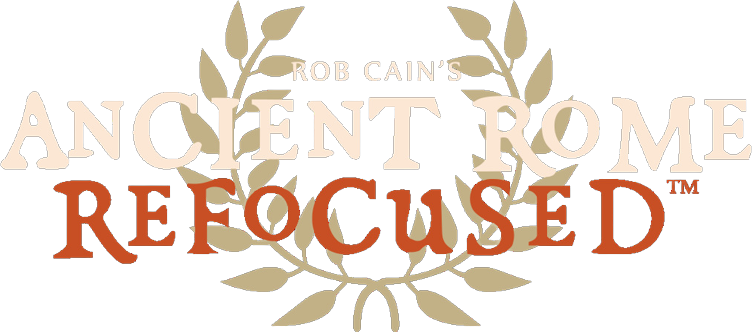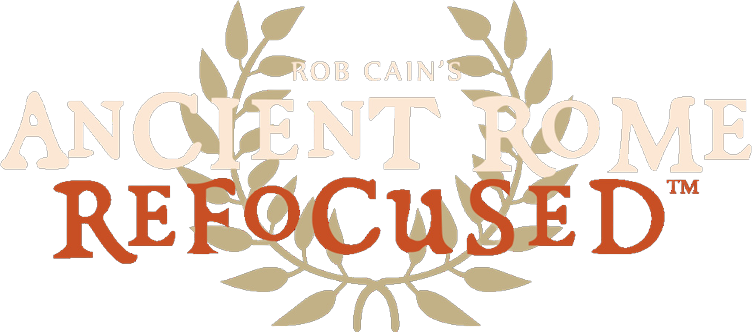Views: 6

The oddly shaped Dodecahedron is a mysterious object has been dug up for centuries and still to this day, no one has been able to identify its purpose. It is described as a small hollow object made of bronze and has 12 pentagonal faces, each with a circular hole in the center. It also has knobs placed strategical around the exterior so that no matter how you put it on the table, it “has legs to stand on” so to speak.
Guesses on the purpose of this device have ranged from a measuring device, a game piece, or a holy relic. At this time no written record or description has been found on the dodecahedron and its purpose.
“Form follows function,” is a famous maxim by the Chicago based architect Louis Sullivan. In other words, the shape of a building or object relates to its intended function or purpose. Even this 20th century guiding principle had failed to reveal the secret of this oddly shaped object.
I think there’s another principle that could help solve this mystery. This principle is called CONTEXT.
This term is important in evaluating history, and why people do what they do. Context are the “circumstances that form the setting for an event, statement, or idea in terms which it can be fully understood and assessed.”
If we knew the context in which the dodecahendron was used we might be able to come up with the answer to its use. AND that’s the trouble. We don’t know the context.
If it was used in religion, maybe an icon or decoration!
If it was used in gaming, maybe some sort of dice!
Now the best example I have seen of the form playing to function is from a UK TV Show called This Morning. Once hosted by Holly Willoughby and Paul Schofield, this show was filled with happy go-lucky banter, cooking tips, serious and not so serious interviews, and a game called: Guess the Gadget.
During this segment, household and office items were placed in front of the hosts and they were told to come up with its use. All the items were modern products that could be picked up from a local store such as Target or Tesco. Against the clock Holly and Paul would struggle to come up with an answer to its purpose. Many times, the object in their hands was not forthcoming in reveling its function. Sometimes, both Holly and Paul were stumped, and the only way they were able to come up with an answer was when their show assistant would help them out by revealing its context. “It’s used in the kitchen!” he’d say, or “It’s for the bathroom!” Suddenly, it became much easier to figure it out.
If you want to see this in game, there are still episodes on Google.
Even the passage of time itself can skew our perception. Take a look at Ferdinand Gerog Waidmller’s painting The Expected One completed in 1860. A young man hides in the bushes while a young woman is walking down a country path looking like she is texting on her new smart phone. Before shouting out to the gallery, “There is the proof of time travel!” it has been pointed that the object, in which she holds in the exact manner that someone might read a text on their smart phone, is nothing more than a hymnal or a prayer book.
It seems form can only take us so far in identifying an object’s purpose. The passing of time can play with the human brain. Context will take us even further, only if we knew it.
However, what if the context has been lost to time itself?




